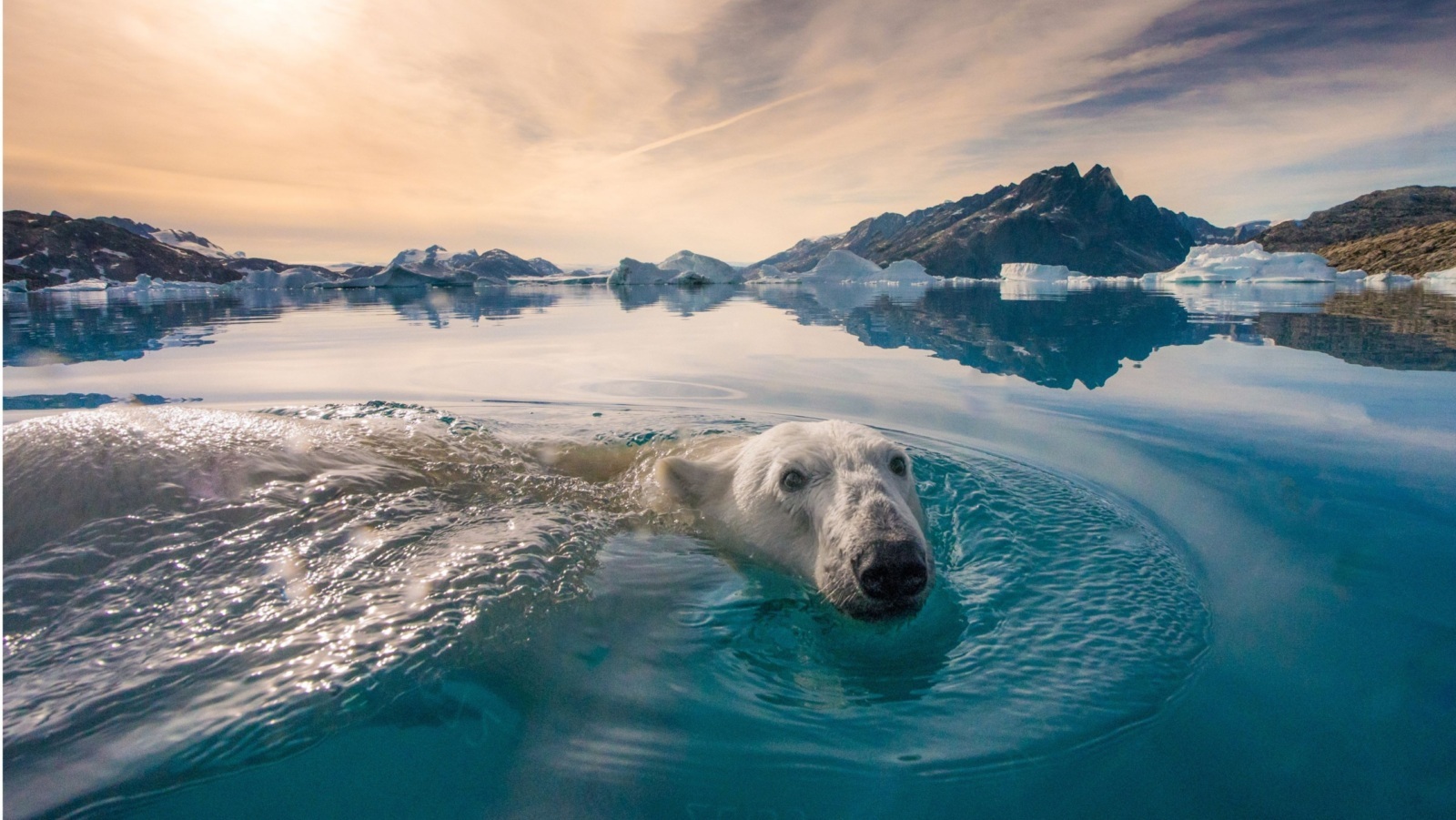
Why Alaska’s NPR-A, site of the Willow Project, deserves protection
There’s a lot of important wildlife habitat in the area where the Willow project is located. In April, 2024 President Biden acted to protect it.
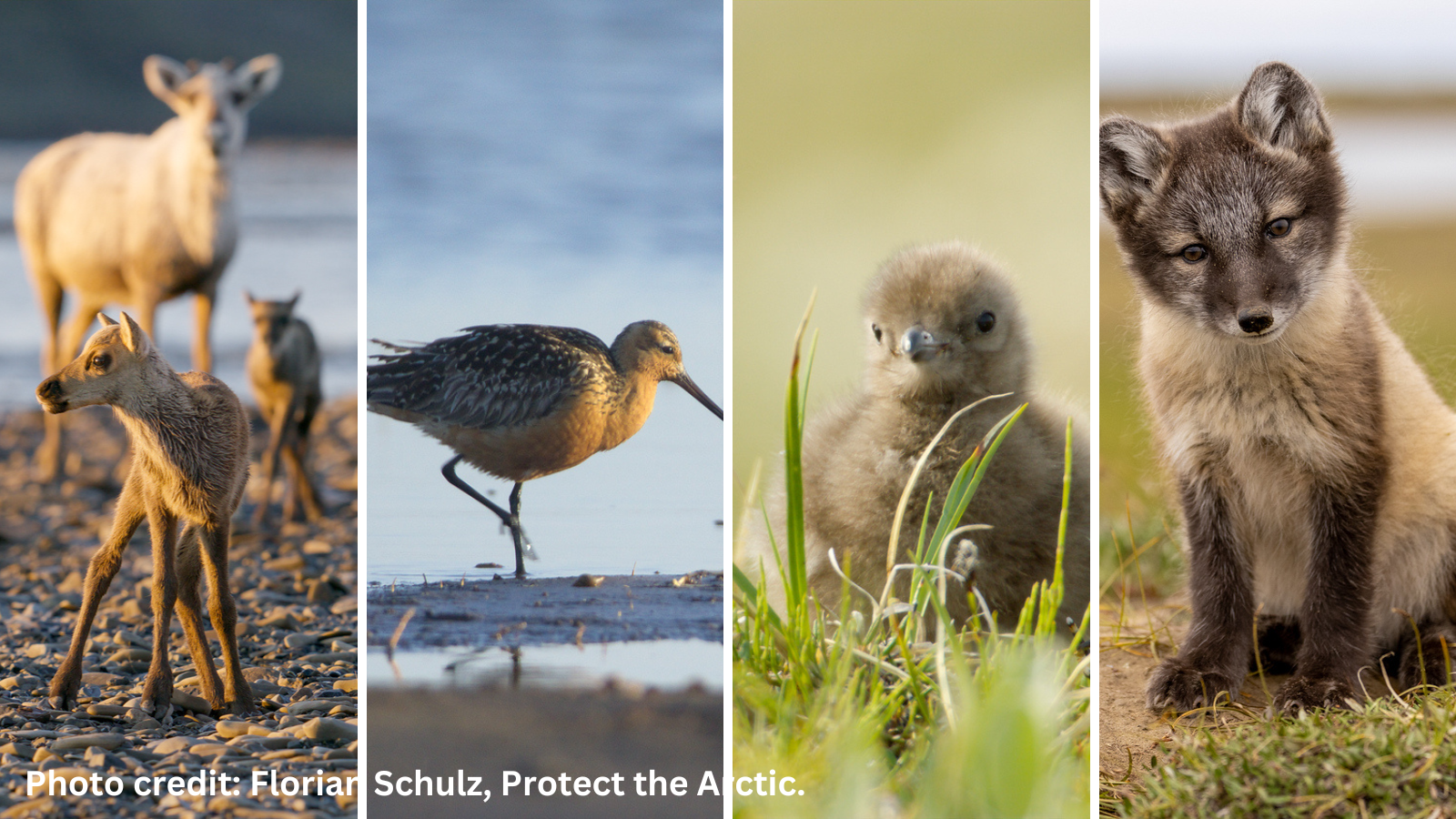
April 19, 2024 update:
The Biden administration has acted to protect 13 million acres in the Western Arctic
Thrust into the news when President Biden approved the Willow project, the NPR-A or Western Arctic is actually larger than its eastern and more well-known neighbor the Arctic National Wildlife Refuge. President Biden’s Department of the Interior announced in March 2023 that his administration will take steps to protect this area. So what exactly is this place and why does it need protection?
What is the Western Arctic?
In the northwest corner of Alaska, the Bureau of Land Management (BLM) manages 23 million acres of public land. This wild place is home to walruses, seals, polar bears and caribou. Beluga whales swim in its coves and millions of migratory birds visit the shorelines and lakes. Five areas including lakes, wetlands, rivers and bays have been designated as “special areas,” because of their unique environmental values.

2018 Map of the NPR-APhoto by Bureau of Land Management | Public Domain
Is there a history of oil drilling in the Western Arctic?
Yes and no. The Western Arctic has been under threat from oil drilling since 1923. Since 1999, 7 million acres have been bid on by oil companies in 15 lease sales and several leases have been developed by ConocoPhillips, 88 Energy and others.
In 2013, the Obama administration formally recognized that more than half of the Western Arctic, approximately 13 million acres, is critical habitat for the wildlife that live there including endangered birds and the Teshekpuk Lake caribou herd. At the same time, they also opened up roughly 11 million acres for future oil and gas drilling.
But in 2020, the Trump administration changed course for the area, rolling out a new plan that includes developing more than 80% of the 23 million acres for oil, including allowing drilling in the special areas.
What effect does oil drilling have on the Western Arctic?
Oil drilling comes with infrastructure like roads, gravel mines, airstrips and the rigs themselve. These operations fragment habitat, making it harder for animals to move to hunt, mate or migrate. They also disrupt wildlife with local noise and air pollution. Further, much of the oil that is drilled is burned for energy and contributes to climate change and air pollution across the globe.
What is President Biden proposing for the Western Arctic?
Since President Biden took office, there have been no lease sales in the NPR-A, but his administration did approve a scaled down version of the controversial ConocoPhillips Willow project, allowing drilling to move forward but protecting areas close to the Teshekpuk Lake special area. At the same time that they approved the Willow project, the Biden administration announced that they plan to create a rule to protect special areas going forward. If a strong rule is enacted, future administrations won’t be able to flip flop back and forth on protections as we’ve seen since 2013.
How can you act to protect the Western Arctic?
Once the Bureau of Land Management announces that they are proposing a rule, there will be a public comment period where members of the public can weigh in and speak out in support of protecting as many acres as possible as permanently as possible.
Without an outpouring of public support for the strongest possible protections for the wildlife of the western arctic, the promise of a rulemaking may fall flat. So we need as many people as possible to stand up for the caribou, the migratory birds, the seals, the belugas and the other residents of this wild place.
This summer, we’re working to get people involved on social media, by email, by word of mouth and on the streets to participate in the upcoming comment period on the proposed rule to protect the Western arctic. We’ll organize scientists, hunters, outdoor sportspeople and wildlife lovers across the country to show up to public hearings, write comment letters and recruit their friends, families and colleagues to do the same. We will likely have only one to two months to demonstrate broad public support for protections.
The sooner we can make this rule happen and the stronger we can make it, the less likely there is to ever be another lease sale that includes special areas. When we win, we will protect 13 million acres of wild space from oil and gas development.
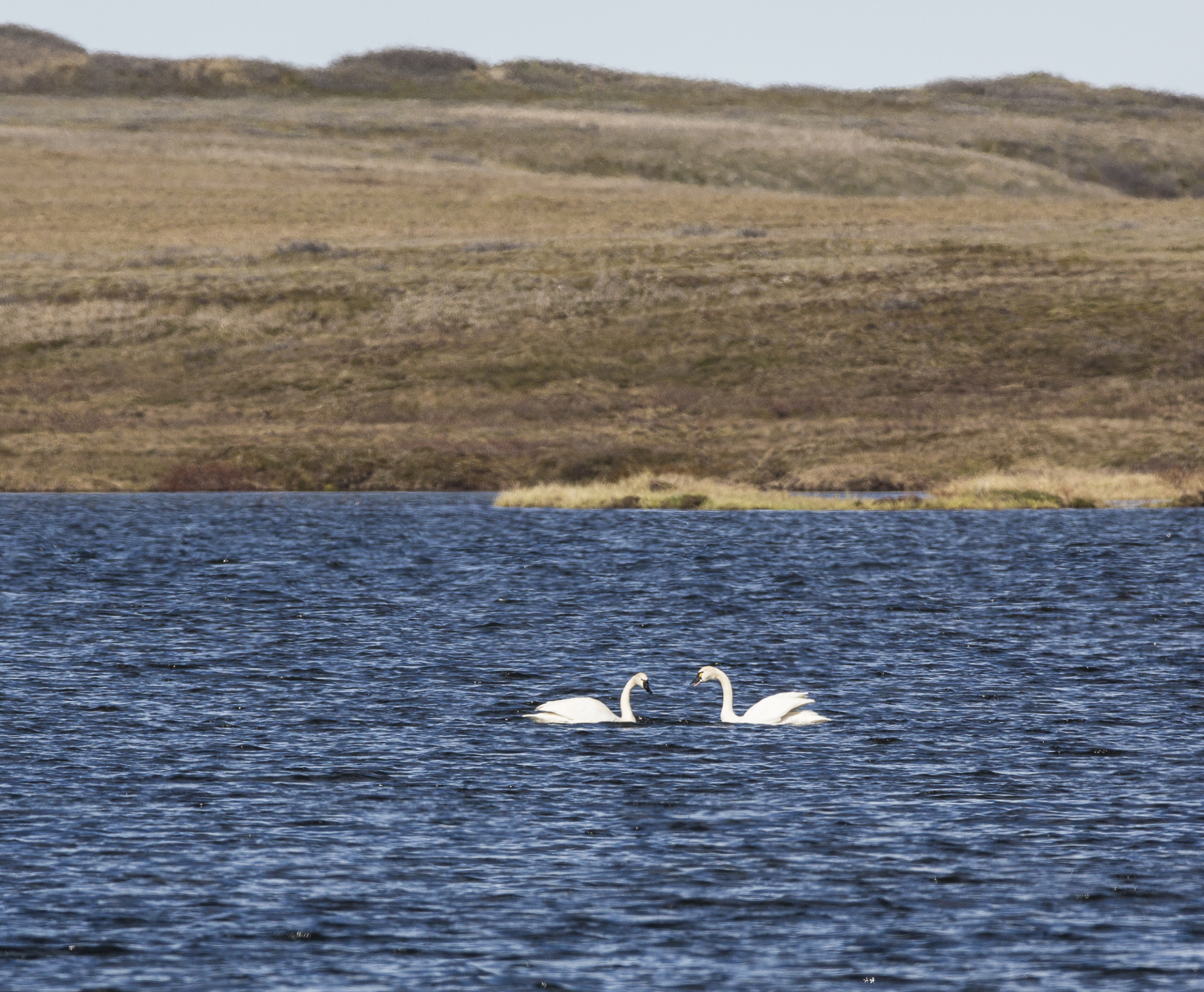
Tundra Swans, Northeast National Petroleum Reserve in AlaskaPhoto by Bob Wick (BLM) | CC-BY-2.0
Topics
Authors
Ellen Montgomery
Director, Public Lands Campaign, Environment America
Ellen runs campaigns to protect America's beautiful places, from local beachfronts to remote mountain peaks. Prior to her current role, Ellen worked as the organizing director for Environment America’s Climate Defenders campaign. Ellen lives in Denver, where she likes to hike in Colorado's mountains.
Find Out More
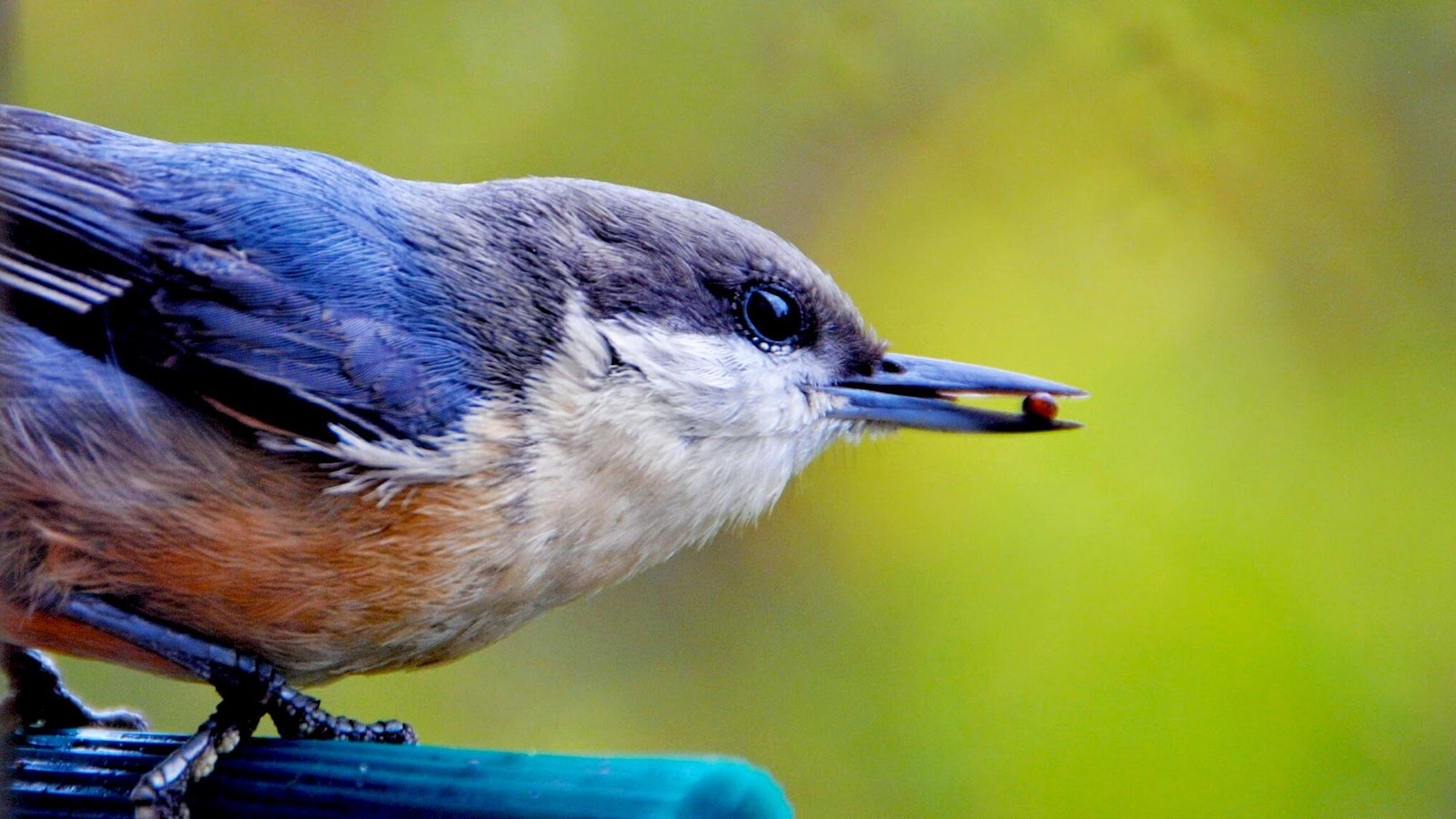
EPA report says pesticides endanger wildlife
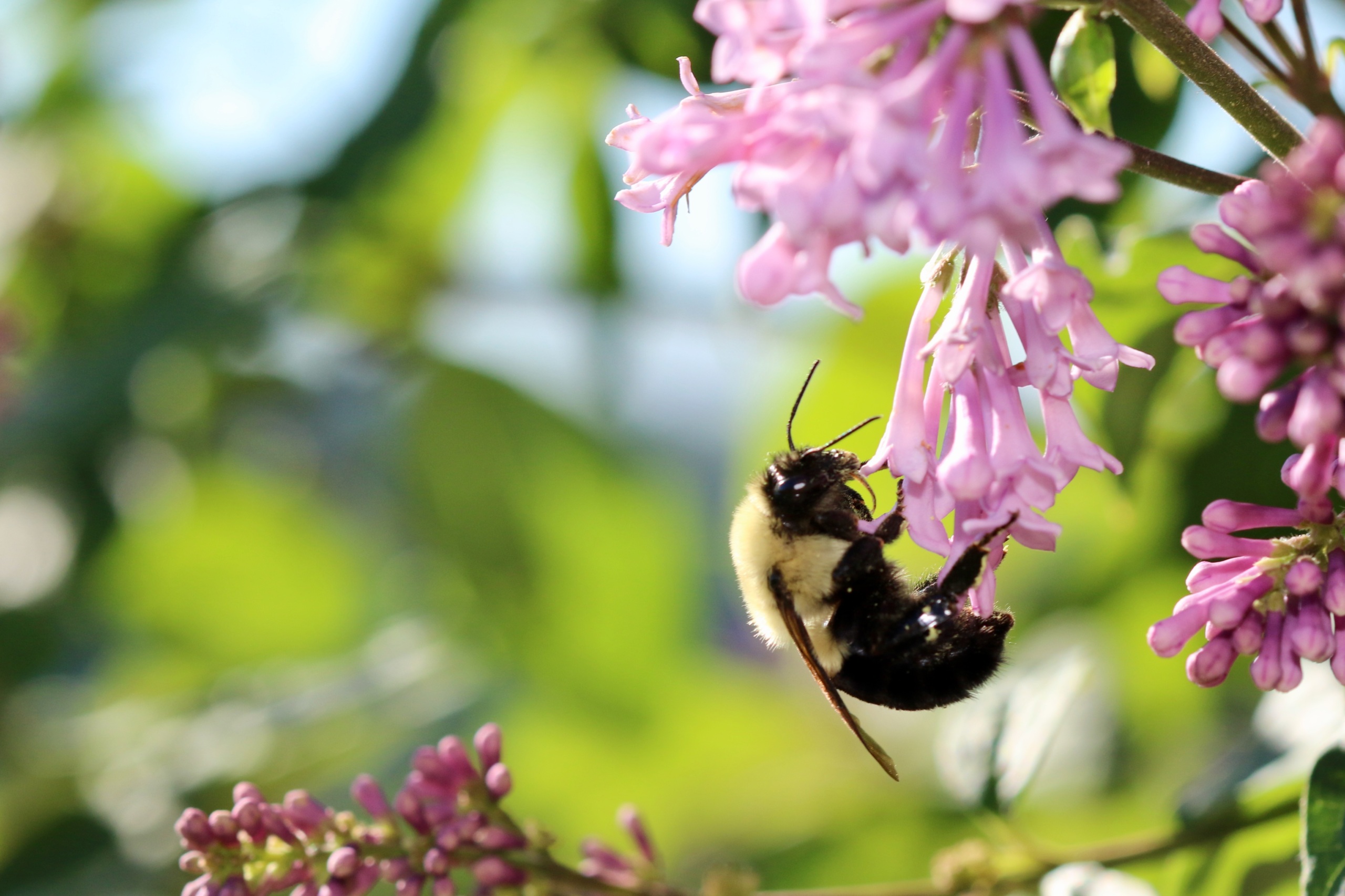
Why we should save the bees, especially the wild bees who need our help most

Bank of America said it would stop financing drilling in the Arctic Refuge. Now it’s backtracking.
